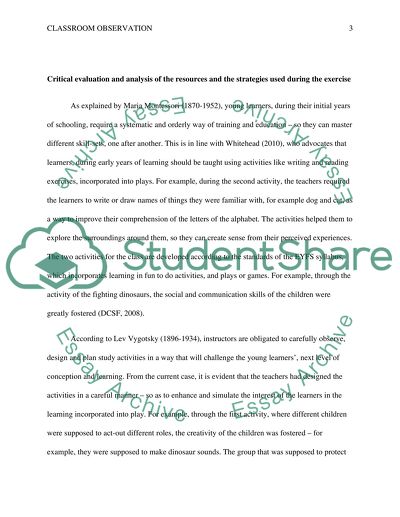Cite this document
(“Portfolio Essay Example | Topics and Well Written Essays - 3250 words”, n.d.)
Retrieved from https://studentshare.org/education/1402467-reflective-journal-entry-and-critical-reflective
Retrieved from https://studentshare.org/education/1402467-reflective-journal-entry-and-critical-reflective
(Portfolio Essay Example | Topics and Well Written Essays - 3250 Words)
https://studentshare.org/education/1402467-reflective-journal-entry-and-critical-reflective.
https://studentshare.org/education/1402467-reflective-journal-entry-and-critical-reflective.
“Portfolio Essay Example | Topics and Well Written Essays - 3250 Words”, n.d. https://studentshare.org/education/1402467-reflective-journal-entry-and-critical-reflective.


